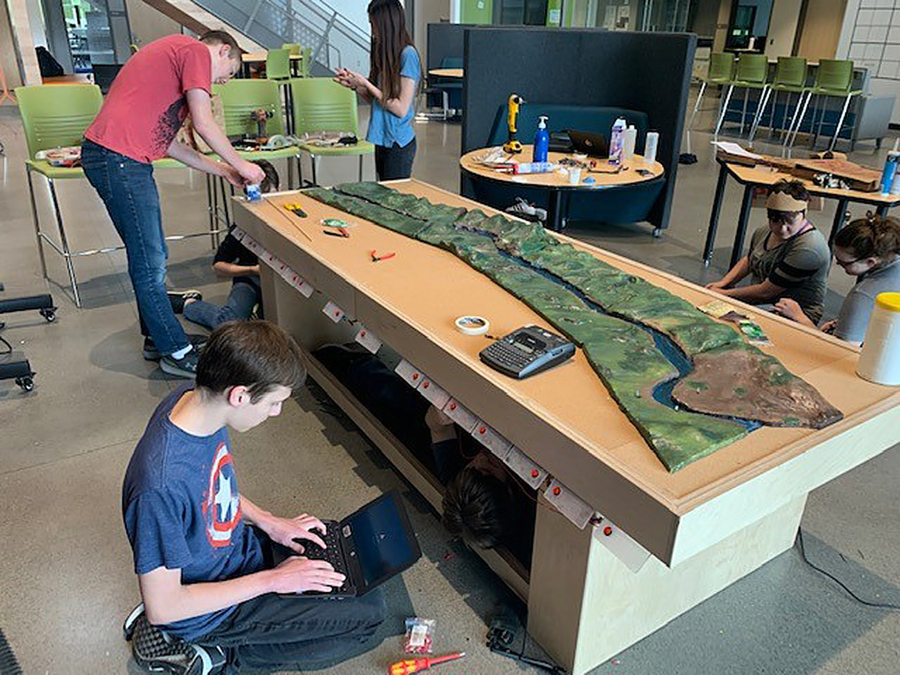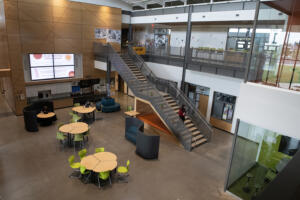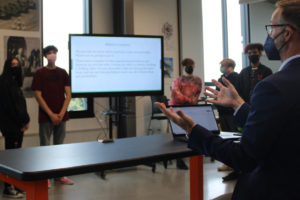The 52 Discovery High School (DHS) Ember Team students learned a lot of things from their recent project, which involved creating an educational exhibit for display at Two Rivers Heritage Museum.
The students constructed a model of the the Columbia River Gorge, scaling a 90-mile wide canyon into a 9-by-9-foot space.
They learned about the history, geology and geography of the Gorge. They learned how to use different artistic mediums such as plaster of Paris and paint to effectively convey their vision. They learned physical construction skills. They learned about the scientific method.
But all of that pales in comparison to the most important lesson of all.
“A lot of our decisions as teachers were made to set them up to experience different levels of collaboration, just because that is an essential skill for having a job now,” said DHS teacher Michael Peloquin, one of three Ember Team advisers. “We’re trying to set up that same paradigm in this project so that students could struggle through and experiment with interacting with each other and collaborating in that way.”
The students were divided into 17 teams, most with three students apiece. Sixteen of the groups worked on a specific section of the Gorge (eight on the Washington side, eight on the Oregon side), and the other group constructed a table for the model to sit on and wired light-emitting diode (LED) lighting into place.





